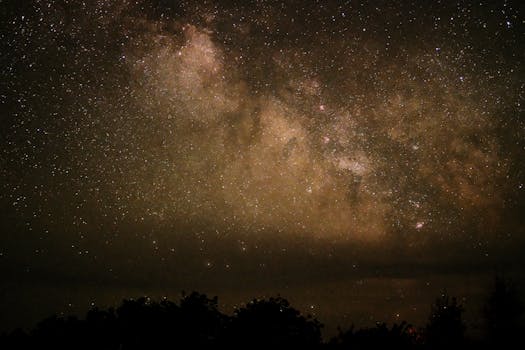
“
Beyond the Milky Way: Imagining New Worlds and Possibilities
Introduction to the Cosmos
Beyond the Milky Way: Imagining New Worlds and Possibilities is a journey through the vast expanse of space, where we explore the possibilities of new worlds and civilizations. As we venture further into the unknown, we begin to realize the infinite possibilities that lie beyond our galaxy. The Milky Way, our home galaxy, is just one of billions of galaxies in the observable universe, each containing billions of stars and potential planets.
The search for extraterrestrial life and the possibility of other intelligent beings in the universe has been a topic of human fascination for centuries. With the advancement of technology and space exploration, we are now closer than ever to discovering the answers to these questions. In this article, we will delve into the possibilities of new worlds and civilizations, and explore the latest discoveries and theories in the field of astrobiology and astrophysics.
Exploring the Galaxy and Beyond
Our galaxy, the Milky Way, is a barred spiral galaxy consisting of hundreds of billions of stars, gas, and dust. It is estimated to be about 100,000 light-years in diameter, and is thought to contain between 200 and 400 billion stars. The Milky Way is just one of many galaxies in the observable universe, with some estimates suggesting that there may be as many as 100 billion galaxies in the universe.
As we explore the galaxy and beyond, we begin to encounter a wide range of celestial objects, including stars, planets, asteroids, comets, and black holes. Each of these objects has its own unique characteristics and properties, and plays a vital role in the structure and evolution of the universe. The discovery of exoplanets, planets that orbit stars other than the Sun, has been a major area of research in recent years, with thousands of exoplanets discovered so far.
Imagining New Worlds and Possibilities
As we explore the galaxy and beyond, we begin to imagine the possibilities of new worlds and civilizations. The discovery of exoplanets and the search for extraterrestrial life has sparked a new wave of interest in the field of astrobiology and astrophysics. Scientists are now using a range of techniques, including telescopes, spacecraft, and computer simulations, to search for signs of life on other planets.
The possibility of other intelligent beings in the universe is a topic of much debate and speculation. Some scientists believe that the emergence of intelligent life may be a rare occurrence in the universe, while others believe that it may be a common phenomenon. The search for extraterrestrial intelligence (SETI) has been an active area of research for decades, with scientists using radio telescopes to search for signals from other civilizations.
Conclusion and Takeaways
In conclusion, the exploration of the galaxy and beyond is a vast and complex topic, with many possibilities and discoveries waiting to be made. As we venture further into the unknown, we begin to realize the infinite possibilities that lie beyond our galaxy. The search for extraterrestrial life and the possibility of other intelligent beings in the universe is a topic of human fascination, and one that continues to drive scientific research and discovery.
Takeaways from this article include:
- The Milky Way is just one of billions of galaxies in the observable universe, each containing billions of stars and potential planets.
- The search for extraterrestrial life and the possibility of other intelligent beings in the universe is a topic of human fascination, and one that continues to drive scientific research and discovery.
- The discovery of exoplanets and the search for extraterrestrial life has sparked a new wave of interest in the field of astrobiology and astrophysics.
- The possibility of other intelligent beings in the universe is a topic of much debate and speculation, with some scientists believing that it may be a rare occurrence, while others believe that it may be a common phenomenon.






